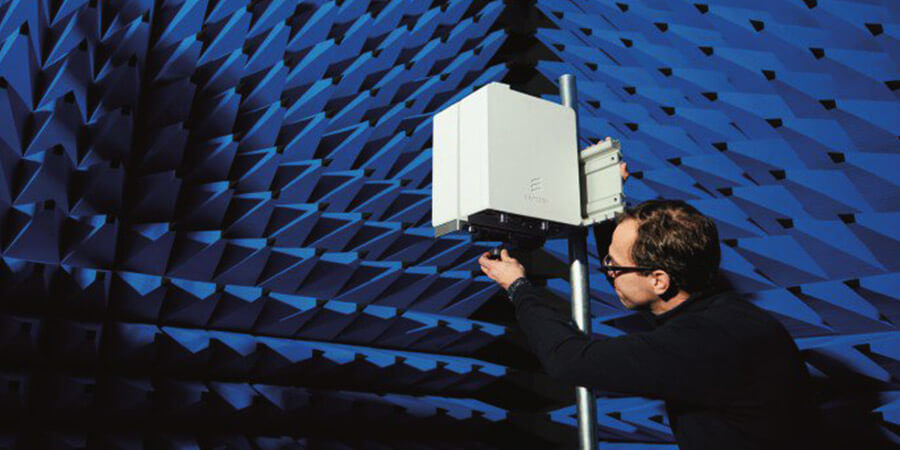After their recent completion of a 5G data call on 39 GHz, Ericsson and Qualcomm Technologies are now announcing a standard-based, over-the-air, non-standalone (NSA) 5G NR lab data call on 28 GHz band using commercial radio and a smartphone form factor device.
The 3GPP-compliant, multi-vendor interoperability 5G NR downlink lab data call on 28 GHz was achieved at Ericsson Kista Lab in September and offers further proof of 5G's commercial readiness.
Over the past months Ericsson and its partners have successfully conducted 3GPP-compliant interoperability tests on the 3.5 GHz mid-band, 28 GHz, and 39 GHz millimeter wave (mmWave) bands. Access to new high-frequency bands is a key component in providing ultra-high speeds and low latencies.
Thomas Noren, Head of 5G Commercialization at Ericsson, says, "By adding 28 GHz to the list of spectrum bands supported and tested by our equipment for initial 5G launches, we make it easier for our customers to roll out early 5G services to their users. This is made possible by our collaborative efforts with key partners to build a solid 5G ecosystem."
The lab demonstration used Ericsson's commercially available 5G hardware - including its 5G NR radio AIR5121 and baseband products - together with a mobile test device powered by the Qualcomm Snapdragon X50 5G modem.
The global marketplace is driving demand for additional frequencies, such as the 28 GHz, in order to meet the needs of data-hungry consumers. In February 2018, more than 20 operators were trialing 5G networks using the band, according to GSMA Intelligence. Service providers, particularly in Europe, South Korea and in the US, are interested in deploying early 5G services on 28 GHz band, starting 2018-2019.
The lab data call on 28 GHz is the latest in a succession of interoperability tests performed with industry partners such as Qualcomm Technologies.










